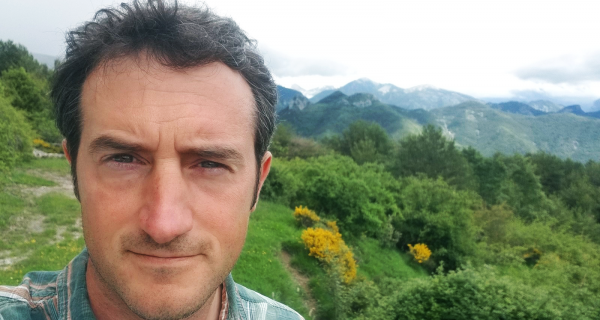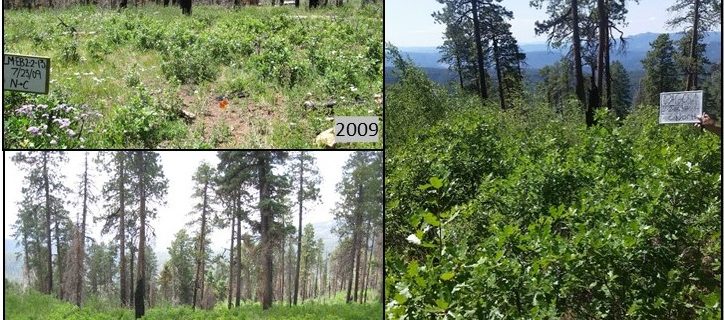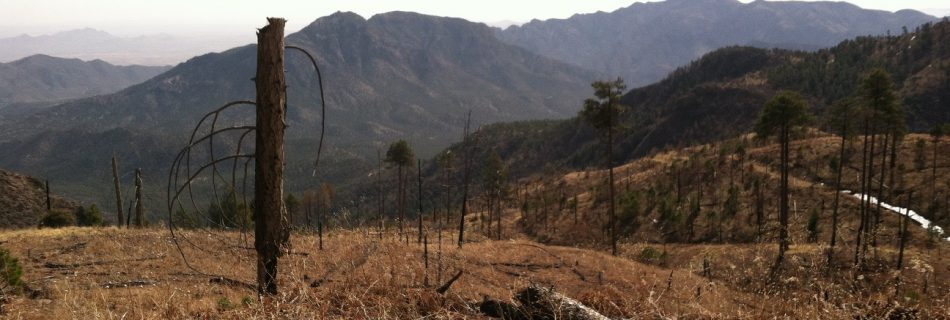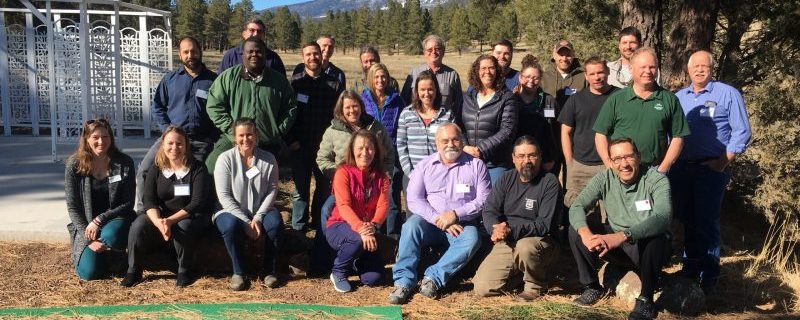April 2, 2015: Tamarisk invasion and fire in Southwestern desert ecosystems
Presenter: Gail Drus, St. Francis University Increased wildfire has been observed with the displacement of native cottonwood-willow (Salix and Populus spp.) gallery forests by invasive, non-native tamarisk (Tamarix spp.) in desert riparian zones of North America. Greater post-fire recovery of Tamarix relative to native species suggests a Tamarix fire trajectory where repeated fire excludes native …
Read more “April 2, 2015: Tamarisk invasion and fire in Southwestern desert ecosystems”




